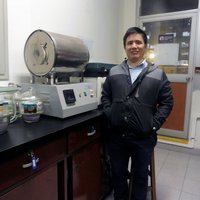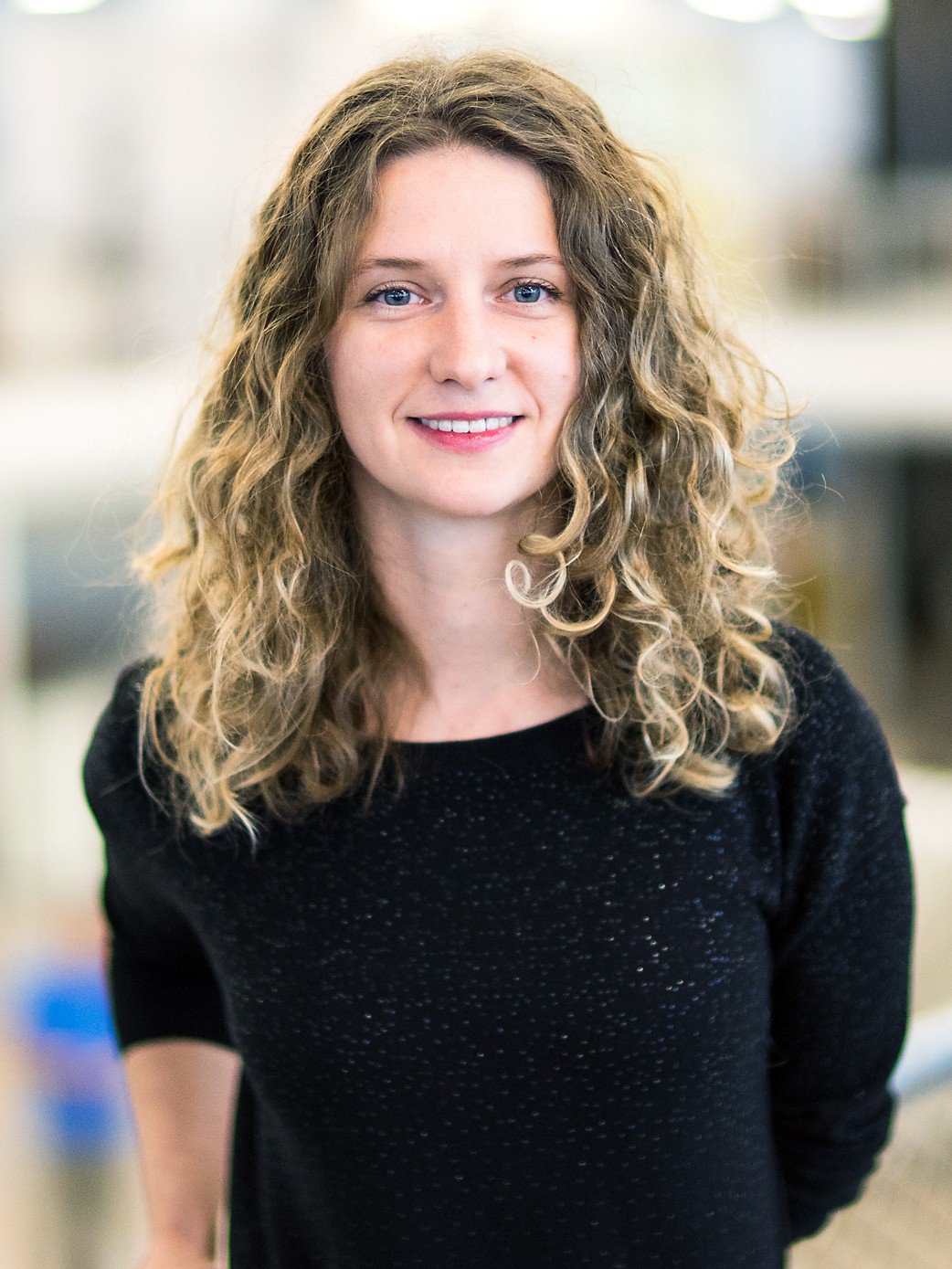Nanotechnology & materials
Mariana Popescu
She developed a construction process that turns knitted textiles into concrete buildings—saving money, carbon, and time

Latin America
Daniel Obregón
Using local natural residue as feedstock to purify water

China
Kai Liu
He developed a series of smart materials to keep lithium-ion batteries safe

MENA
Fouad Maksoud
Nanotechnology that is merging medicine within our clothes, one nanofiber at a time

China
Yuan Liu
He wants to make ideal semiconductor devices, further extending Moore’s Law
